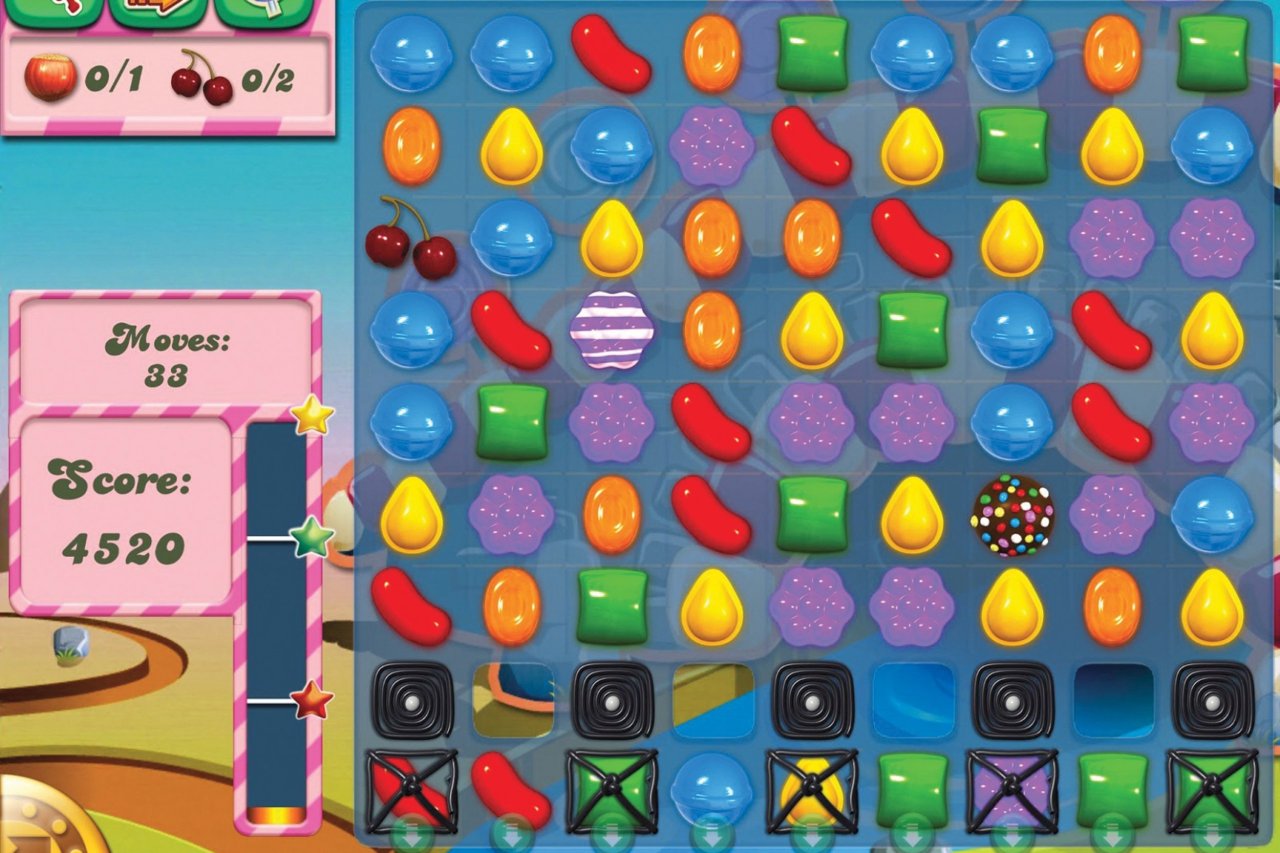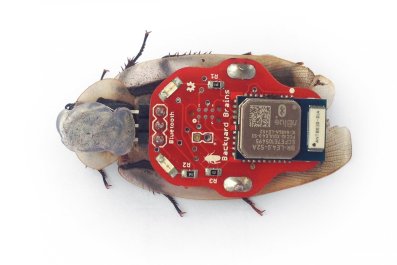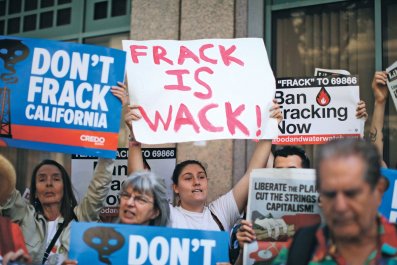YOUR MISSION in one of the most addicting games of the summer: match three candies of a kind in a row to accumulate points. When new candies fall from above replacing those you've crushed, you do it again. And again. And again. There's a leader board for every level. Your friends are there, with points next to their names. You want to beat them, badly. When you run out of lives, you can wait 30 minutes for more, or buy them immediately for a nominal fee. Then you're off to crush more candies.
That's really all there is to Candy Crush Saga. There are variations on the gameplay for each of the 425 levels—sometimes the candies are trapped in jelly; other times the player is being timed—but the goal is always the same: move the candies, eliminate three of a kind, repeat.
With 45 million monthly active users, the puzzle game from U.K.-based developer King is currently the most popular application on Facebook, topping the music service Spotify and Zynga's popular game FarmVille 2. It's the No. 2 app—among free and paid ones—on iPhones, iPads, and iPad Touches, surpassed only recently by Gameloft's Despicable Me: Minion Rush. It's No. 2 on Android devices as well, bested only by Facebook. The game is played more than 600 million times a day from mobile devices, according to a representative for the company. Diehard fans can buy Candy Crush–inspired art on Etsy. There are even websites devoted to level-by-level walkthroughs for players who get stuck. On YouTube, you can watch every level played out move by move; a guide to level 65 has more than 1.3 million views.
The result of all this is that the game—which is free to download but charges for enhanced features midway through a round, a model called freemium—is raking in the cash. Just how much? Think Gaming, a company that specializes in monetization for mobile-game developers, estimates that the creators pull in more than $600,000 in daily revenue. But even that could be a low-ball number: TechCrunch guesses it could be as high as $2 million to $3 million a day—enough to have already helped the company blow past its financial targets for the whole year by March.





























